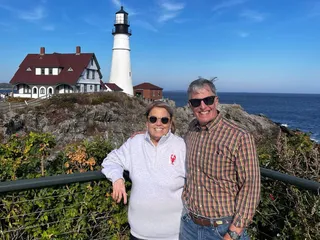Hirschberg: 5 Challenges for eVTOL
Contact Our Team
For more information about how Halldale can add value to your marketing and promotional campaigns or to discuss event exhibitor and sponsorship opportunities, contact our team to find out more
The Americas -
holly.foster@halldale.com
Rest of World -
jeremy@halldale.com

As of last month, there were 627 electric vertical takeoff and landing (eVTOL) aircraft in various stages of an airframe’s life cycle, from concept through prototype and even demonstrators. There are about 350 eVTOL companies and designers – with the scope of this market clearly beyond the duopoly of Airbus and Boeing in the mainstream commercial fixed-wing aviation industry.
Mike Hirschberg, Executive Director of the Vertical Flight Society, which tracks the evolving eVTOL marketplace, provided an overview to CAT of projected trends and developments in the civil and defense segments of this community through the end of the decade.
The VFS executive pointed out five challenges he has charted for the fast-paced eVTOL industry:
- First and foremost is technology – simply, “can you get your aircraft to safely fly?”
- And then there are infrastructure issues, from installation of charging stations, establishing vertiports and other related activities.
- “We also estimate the eVTOL sector will need about 10,000 engineers and associated workers,” Hirschberg added, making the shape and scope of this community’s future workforce a topic of great interest.
- The fourth challenge: developing standards and regulations – for airframes, eVTOL operators and beyond.
- “We’re also looking at public acceptance. This includes safety, noise and, of course, NIMBY (not in my backyard).”
Prior to his role at VFS, Hirschberg was the proverbial rocket scientist – an aerospace engineer for NAVAIR, Anser and Centra who worked on such projects as naval rocket motors, Joint Strike Fighter propulsion, and support to the Defense Advanced Research Projects Agency (DARPA) and Office of Naval Research (ONR).
CAT will soon publish a comprehensive view of emerging developments in the eVTOL market.
In addition, eVTOL will be a featured agenda topic for multiple discussions during the World Aviation Training Summit, 3-5 May 2022 in Orlando, Florida.


